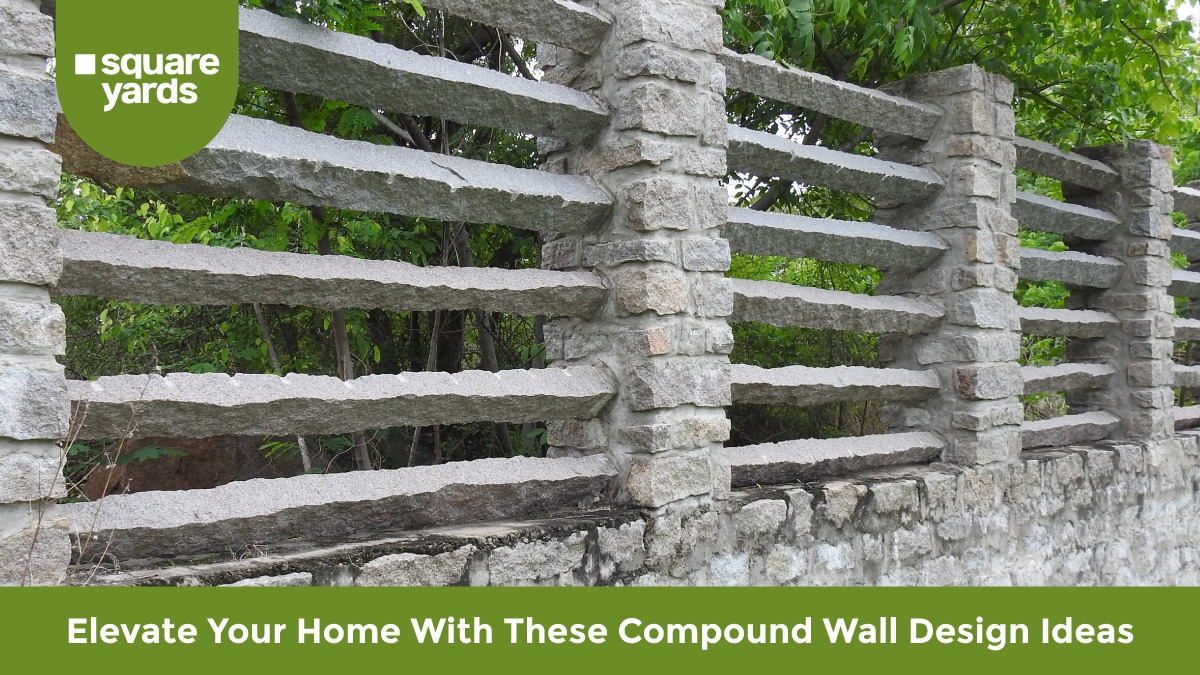Compound walls play a significant role in defining the boundaries of a property while providing privacy and security and adding to the house's aesthetics. Boundary wall design are integral to architecture, elevating the house's structure and look. Compound walls come in various types and are constructed using different materials, depending on the specific requirements and preferences or the style you are going for. In this article, we will explore the different types of compound wall designs, the materials used in their construction, the pricing considerations, and other essential aspects to consider when opting for a compound wall.
Table of contents
What is Compound Wall Design?
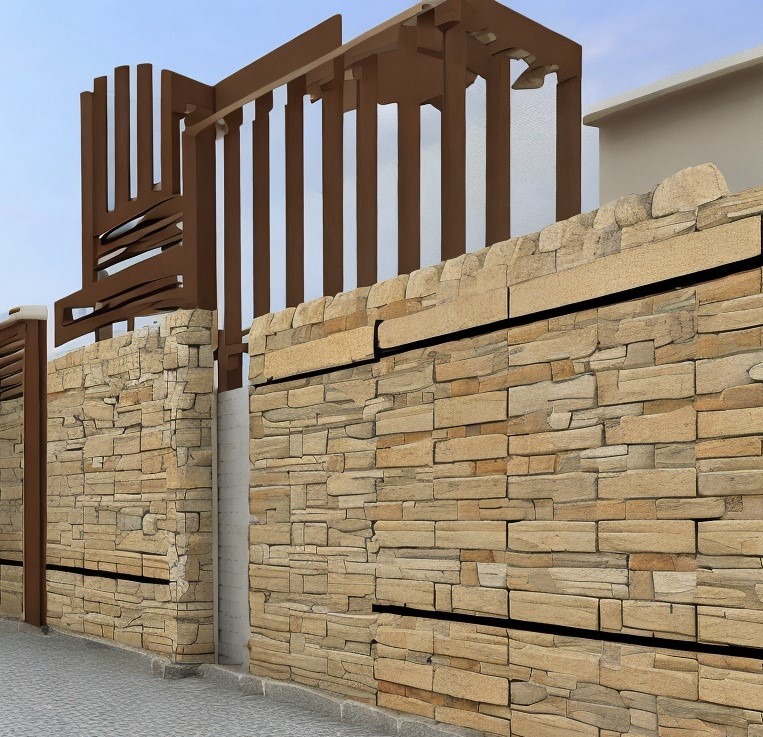
Compound walls are necessary to enclose and protect property. These walls serve multiple purposes, such as safeguarding against unauthorised access, defining the boundary of your property, enhancing privacy, reducing noise pollution, and adding visual appeal to your home’s exterior. Compound walls can be customised to suit your home's architectural style, space, and location.
Many people consider Vastu in terms of designing the compound wall of their homes. According to Vastu Shastra, the boundary wall design plays a significant role in creating a balanced environment around a property. It is recommended that the compound wall should be higher than the surrounding structures and well-maintained to ensure a sense of strength and security. The south or west directions are considered auspicious for constructing the compound wall. It is advised to avoid cracks or gaps in the compound wall, as they can create energy imbalances. Adding elements of nature, such as plants, trees, and a beautiful entrance gate near the compound wall, can improve the house's positive energy flow.

Uses of Boundary Wall
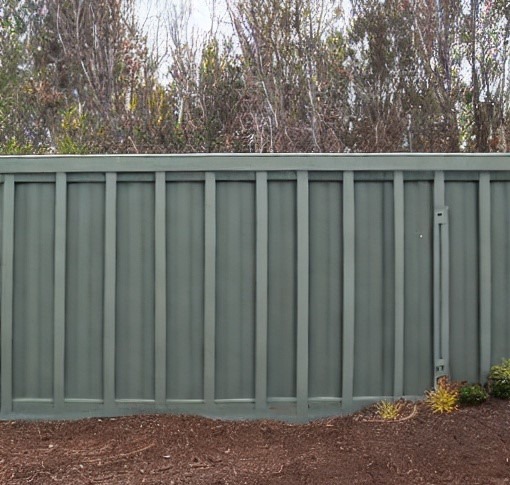
The primary purpose of compound walls is to offer security and privacy and chalk out your personal space. There are several other uses for compound walls. They act as a deterrent to unauthorised entry, providing an added layer of security to your home. Creating a high compound wall encloses your home and helps to maintain privacy, ensuring that your home remains shielded from external view. A well-constructed compound wall can help reduce external noise by creating a quieter and more peaceful environment within the property. Compound walls demarcate the boundaries of a property, preventing encroachment and disputes. Compound walls can be designed to complement the property's architectural style by adding visual improvement to its overall appearance.
Types of Compound Wall
When we talk about the types of compound walls, there is a wide range for you to choose from. The compound wall can be made using various materials. The whole idea behind using multiple materials or combinations of materials is to enhance the look of your house. You can carry out the style you’re looking for from the start.
Masonry Compound Wall Design
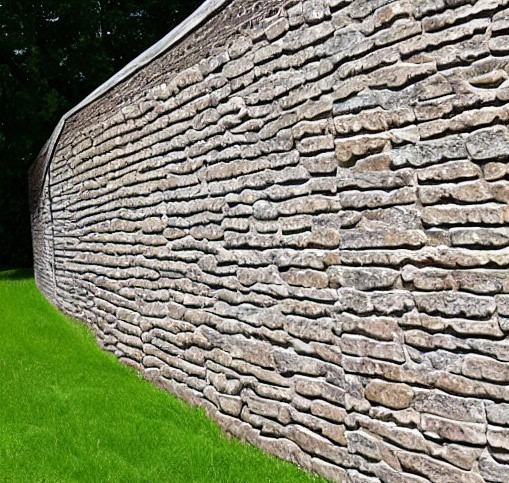
This type of compound wall is constructed using bricks, blocks, or stones and is known for its durability and strength. You can experiment by using a cohesive combination of the materials mentioned above according to the style and aesthetic you are going for. The most common bricks and stones that can be used are cement mortar, laterite stones, fly ash bricks, red clay bricks and steel.
Ornamental Compound Wall Design
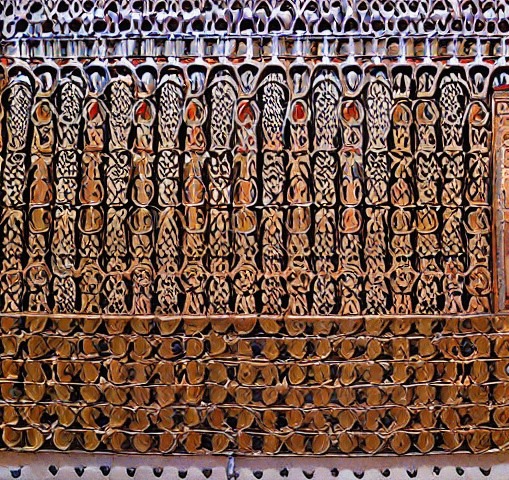
Ornamental compound walls are designed with decorative elements, such as intricate patterns, motifs, or carvings, to beautify your home. Using ornate and intricate patterns for your compound wall makes your house stand out. If you plan to go for an ornamental compound wall, remember to choose a design that is not unique but matches the overall aesthetic of your home.
Cladding Compound Wall Design
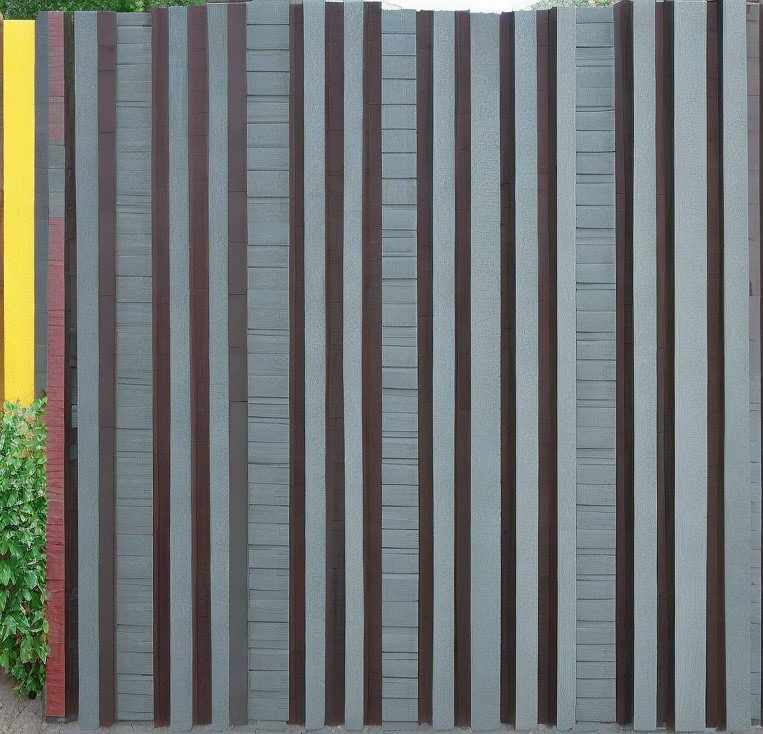
Cladding compound walls combine different materials, such as stone, tiles, or wood panels, onto the wall's surface, creating an attractive finish. A cladding compound wall gives the house a textured finish and a sophisticated look.
Precast Compound Wall Design
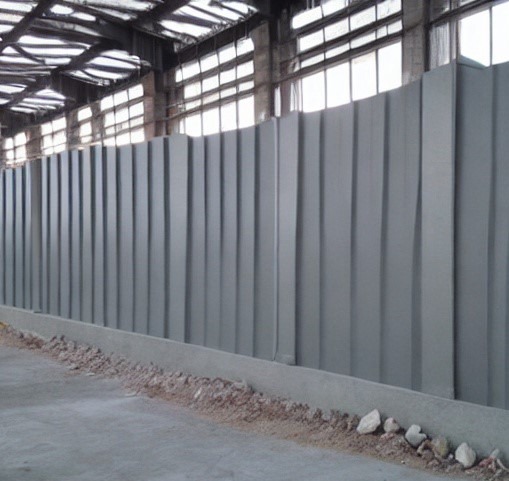
Precast compound walls are manufactured off-site and then transported to the property for installation. This compound wall design is used for quick installation. Precast compound walls are a cost-effective and time-saving alternative to traditional construction methods, making them popular for residential, commercial, and industrial applications.
Security Compound Wall Design
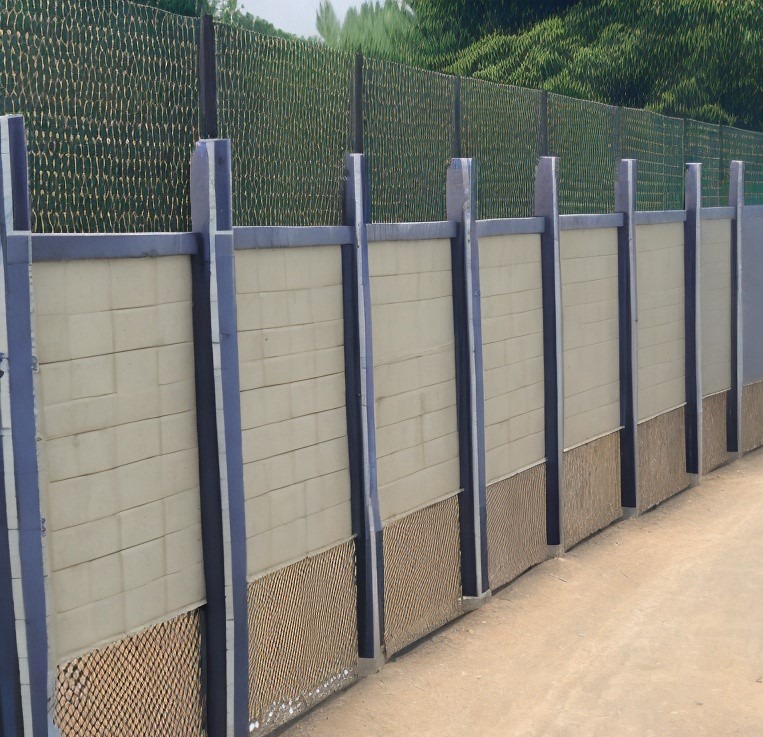
Designed with security as the primary focus, these walls are typically made using reinforced concrete or other fortified materials to provide a robust barrier against intrusion. If you want maximum security and privacy for your house, having a fort-like compound wall is a great idea.
Don't miss It!
| Wall Colour Combination | Best Wall Colour Combinations to Refresh Your Home |
| False Ceiling Design Ideas | Best False Ceiling Design for Bedroom |
| Two Colour Combination | Best Two Colour Combinations for Bedroom Walls |
| Window Glass Design | Best Window Glass Design for Home |
| Two Colour Sunmica Combination | Best Two Colour Sunmica for Wardrobe |
| Double Door Design | Best Double Door Designs for Your Home |
| Main Door Design | Best Main Door Design Ideas |
| Window Grill Design | Best Window Grill Design for Your Home |
| Single Floor House Design | Single Floor House Design Ideas and Plan |
| Bedroom Cupboard Design | Best Bedroom Cupboard Design Ideas for Home |
| Modern TV Unit Design | Best Modern TV Cabinet Unit Design |
Brick Compound Wall Design
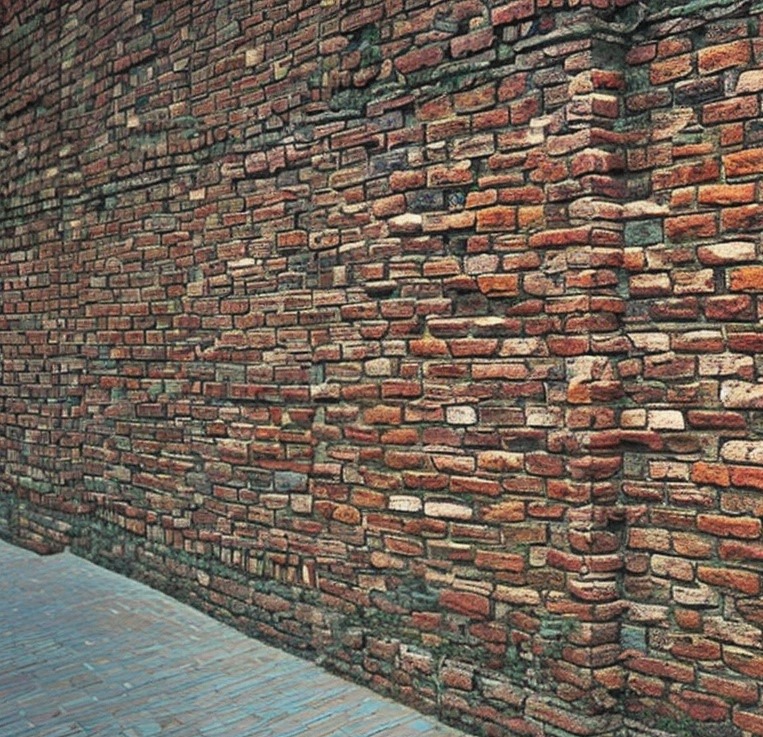
Brick compound walls are constructed using bricks, arranged in a pattern and bound together with cement mortar. They are widely used due to their affordability and versatility. You can modify a brick compound wall according to the theme of your home.
Materials for Compound Wall
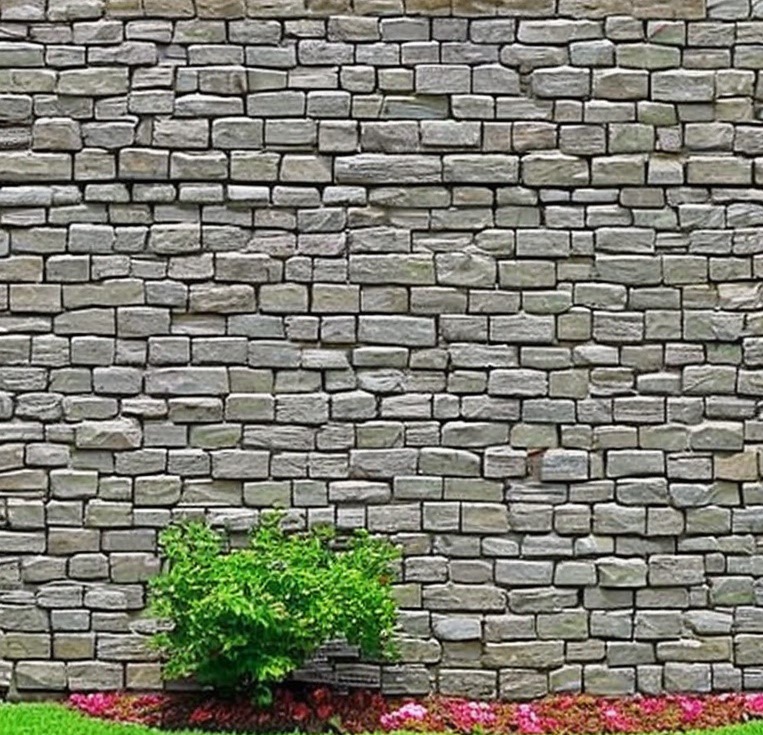
Bricks: Bricks are popular for constructing compound walls due to their strength, durability, and cost-effectiveness. They can be used in various designs, including solid, hollow, or perforated patterns.
Wood Planks: Wood planks are utilised to create decorative compound walls or add a natural aesthetic to the property. However, regular maintenance is required to ensure their longevity.
Cement Plaster: Cement plaster is commonly applied to the surface of compound walls to provide a smooth finish, enhancing the wall's appearance and protecting it from weathering.
PVC Boards: PVC (Polyvinyl Chloride) boards are lightweight, durable, and resistant to moisture and termite damage. They are often used for cladding compound walls, offering a modern and sleek look.
Stone Tiles: Stone tiles, such as granite or marble, can be affixed to compound walls to create an elegant and luxurious appearance. They are known for their durability and timeless appeal.
What is the Price of a Compound Wall?
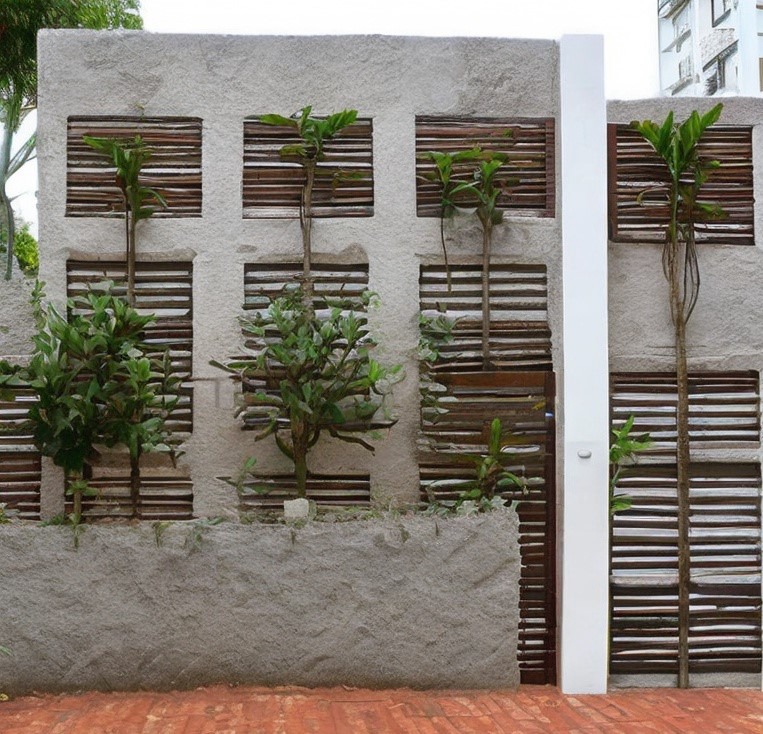
The pricing of compound walls depends on several factors, including the type of wall, the chosen materials, the dimensions of the property, and labour costs. It is recommended to consult with experienced contractors or architects to obtain accurate pricing estimates based on your specific requirements.
Essential Things about Compound Wall
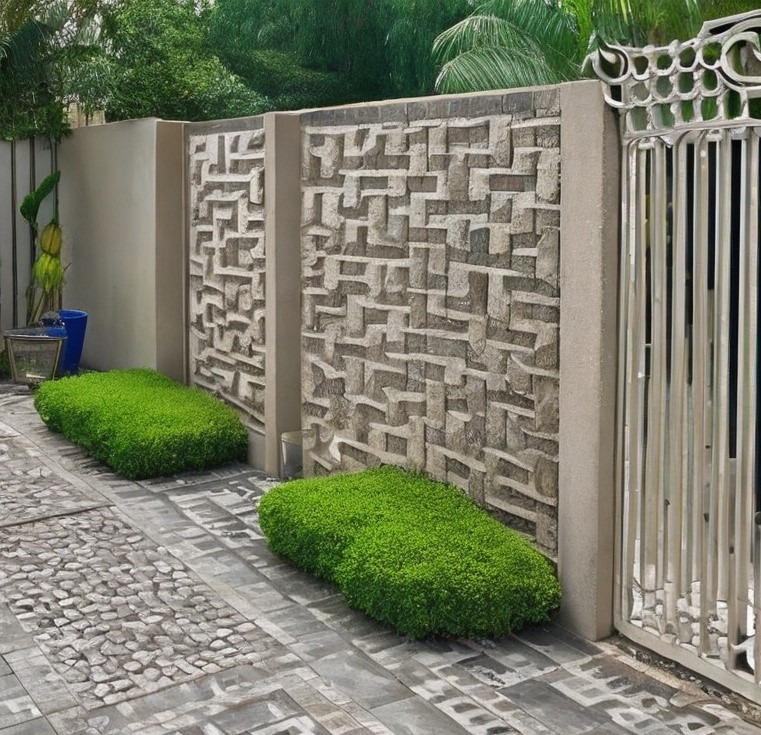
When considering compound walls, there are a few essential aspects to keep in mind:
Legal Regulations: Check with local authorities regarding the regulations, permits, and height restrictions for compound walls in your area.
Maintenance: Regular maintenance and periodic inspections are crucial to ensure the longevity and effectiveness of compound walls.
Architectural Compatibility: Opt for a compound wall design that complements the property's architectural style, enhancing its overall visual appeal.
Professional Assistance: Engaging experienced professionals, such as architects and contractors, can ensure the proper design, construction, and installation of compound walls. If you believe in Vastu, you can hire a Vastu expert for your compound wall's adequate placement and direction.
Conclusion
Compound walls are vital elements in property design, offering security, privacy, and aesthetic value. By understanding the various types and materials available, property owners can make informed decisions when selecting a compound wall design that aligns with their preferences and requirements. Remember to consider the pricing factors and legal regulations, and seek professional guidance to ensure choosing the proper boundary wall design that enhances the functionality and appearance of your property.
FAQ's about Compound Wall Design
Q1. Which compound wall is best?
A compound wall which fulfils all your requirements and suits your home will suit you the best.
Q2. What is the rule for compound walls?
You need to check with the local authorities regarding any regulations like the height, length and area covered.
Q3. What is the materials cost for the compound wall?
The cost of materials depends on the area and the design you choose for your compound wall.
Q4. Is a Pillar required for the compound wall?
Pillars are not required for compound walls.

